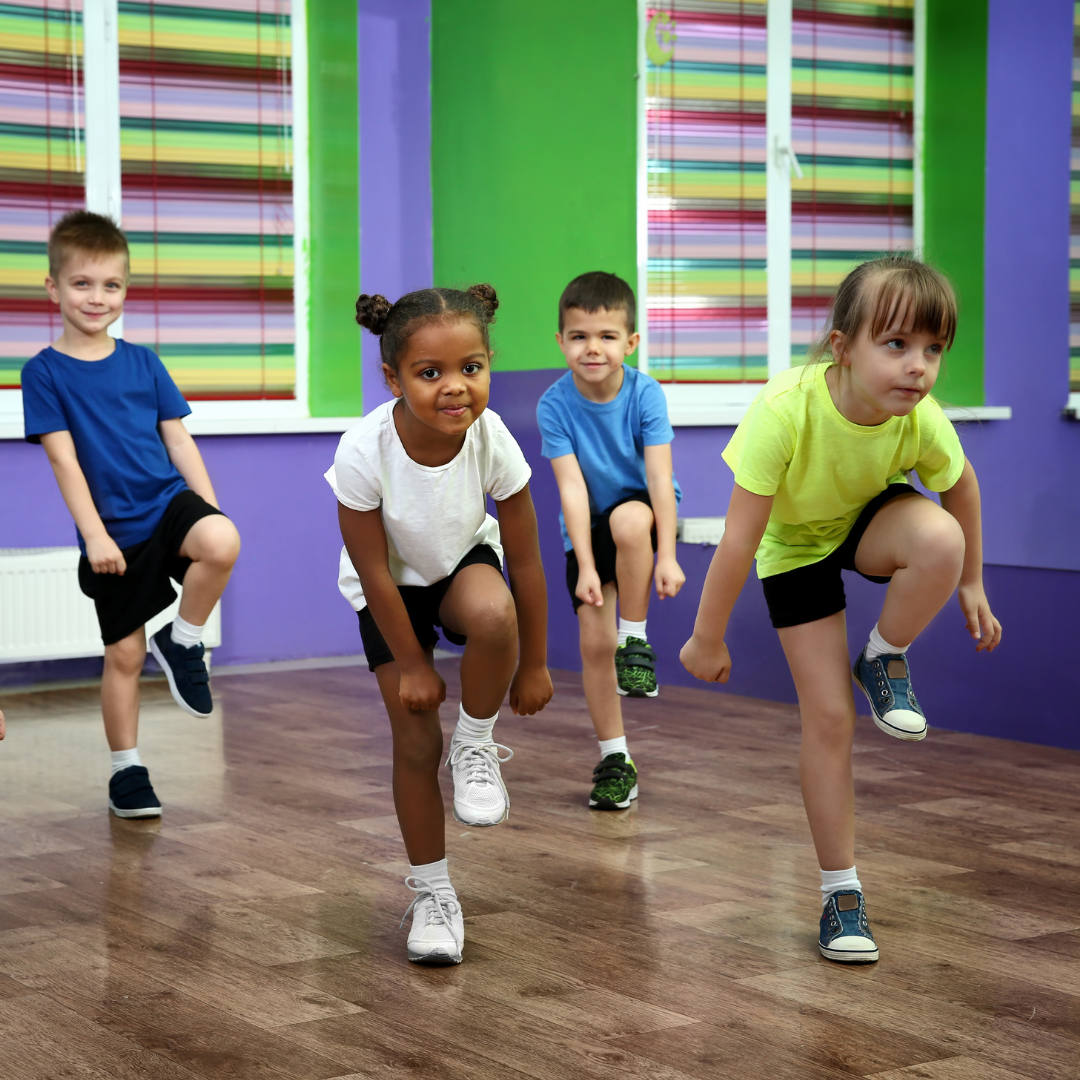Last Updated on June 3, 2024 by
As a group exercise instructor, you have a safeguarding responsibility. If you’re teaching classes to under 16s, this is the blog for you!
Use this blog to understand:
- What safeguarding is
- What you need to in your classes
- Where to go for more support
Plus get your free safeguarding guide here to accompany your journey.
Teaching classes to adults? Use our safeguarding adults blog here.
What is safeguarding?
Safeguarding sounds complicated, but it’s very simple.
Safeguarding describes the actions taken to protect individuals from harm. These measures particularly support children, young people, and adults at risk.
Put simply, safeguarding ensures everyone can attend the activities they like without fear of harm.
Why is safeguarding important?
Safeguarding protects people from harm.
As NHS England puts it:
“Safeguarding means protecting a citizen’s health, wellbeing and human rights; enabling them to live free from harm, abuse and neglect.”
Safeguarding allows anyone who attends your classes to thrive in the activities they love.
You may have a brief understanding of safeguarding. But, it’s your job to have policies and procedures in place to protect your clients and your business.
Why it’s your responsibility
As a group exercise instructor, you have a duty of care to your class attendees. In the same way that you try to keep them safe from accidents by doing risk assessments, there are things you can do to help keep them safe from harm.
You must be working to prevent abuse from occurring within your organisation. You must be prepared to respond if abuse or neglect has occurred.
Organisations that fail to do this could leave children vulnerable to harm.
Did you know the law around safeguarding has been updated?
As of 28 June 2022, the law about positions of trust changed.
What is a position of trust?
Someone in a position of trust is a person in a position of authority or responsibility over another person. Those in positions of trust have a considerable amount of power and influence on a young person’s life.
For example, a young person may be dependent on their personal trainer, swimming teacher, coach or other adult for their sport and physical activity participation, development or progression.
What changed?
Sections 16 to 19 of the Sexual Offence Act 2003 (the Act) state that it is illegal for an adult in a position of trust to engage in sexual activity with a person who is 16 or 17 years old and who they look after.
The law changes have expanded to include adults in a position of trust. This includes where an adult is coaching, teaching, training, supervising or instructing in a sport to a 16 or 17-year-old. This includes group exercise instructors.
What you need to do
As a group exercise instructor, here are three key things you can do to safeguard children in your classes.
1. Create a policy
The Child Protection in Sport Unit says:
“A safeguarding policy outlines your safeguarding intension to protect children and young people whilst in your care… Having a safeguarding policy statement in place helps to protect children and young people from harm, as well as protecting your staff and volunteers too. Without a policy statement there is no clear safeguarding plan to work to.”
Creating a policy is simple with the CPSU’s template. Download yours here.
2. Know what to do
If a safeguarding incident happened, who would you report it to?
Who is the safeguarding lead for your business?
Who could you call in a safeguarding emergency?
These are questions you (and your team) should be able to answer yes to. These underpin how you effectively respond to safeguarding issues.
A safeguarding lead officer is the person responsible for overseeing safeguarding policies and procedures. They are also the person who can deal with any concerns and incidents.
If you work in a leisure centre, find out who your safeguarding lead officer is. Ask to read the safeguarding policy and make sure you understand how to report a concern.
If you’re a team of one, then you will be the safeguarding lead officer.
3. Build a positive environment
Building a positive environment starts with listening. You can:
- Involve the children in making decisions about their classes.
- Give them an easy way to feedback.
- Be transparent about your classes and what they involve.
Giving children the opportunity to have their voices heard can:
- Build confidence
- Develop their skills
- Make them feel valued.
Importantly, it can also make them more likely to speak up if something is wrong.
Find more about this here.
Over to you!
Safeguarding doesn’t need to be complicated. Take the first step and download your free safeguarding guide today.
And don’t forget to check out our EMD UK safeguarding children area here.




